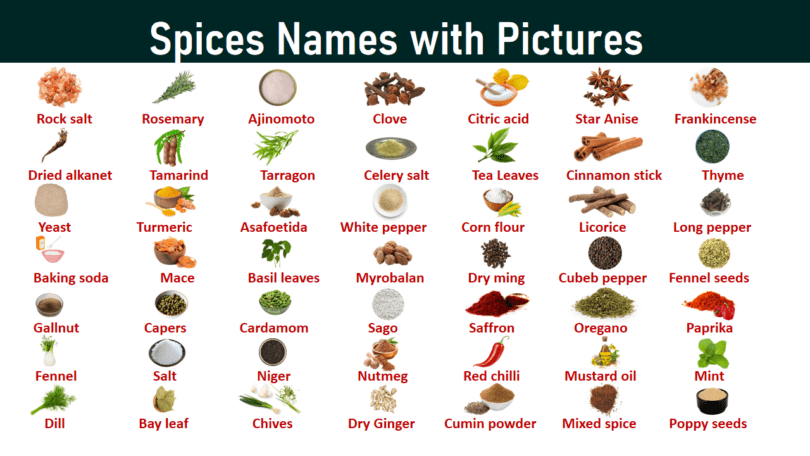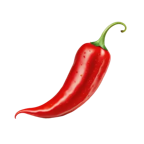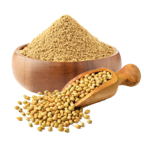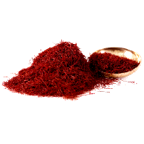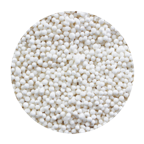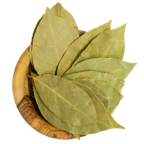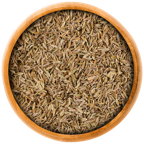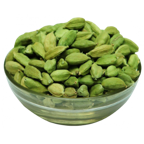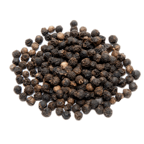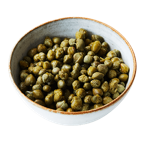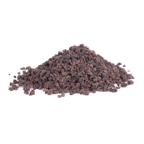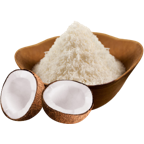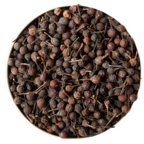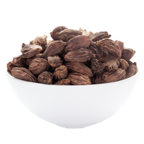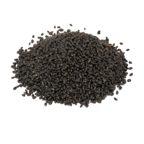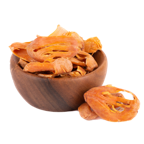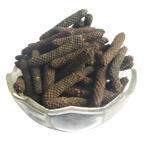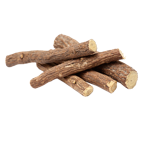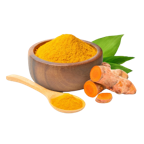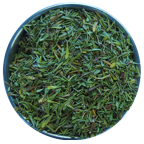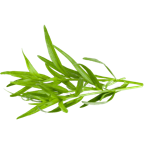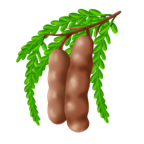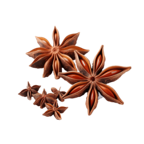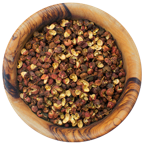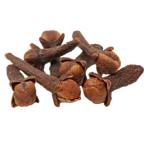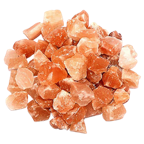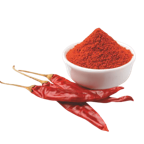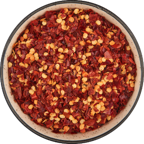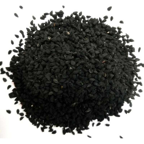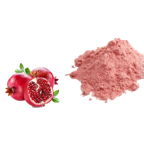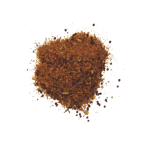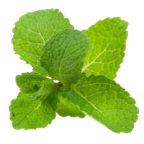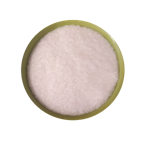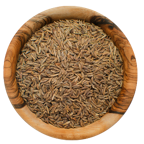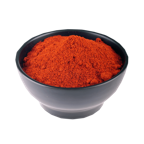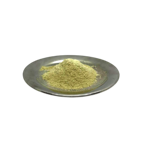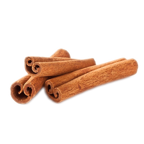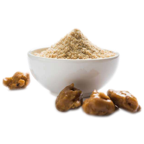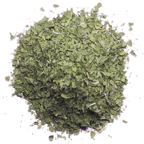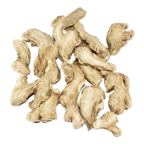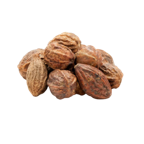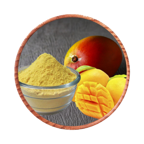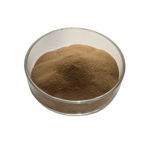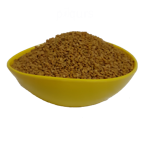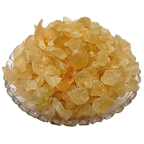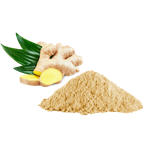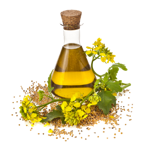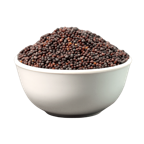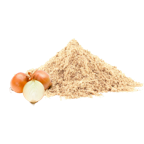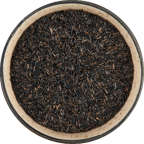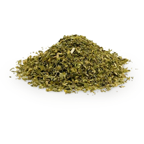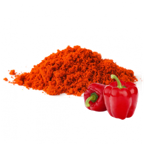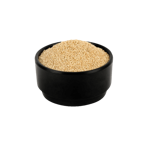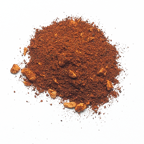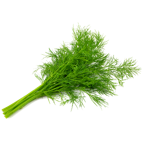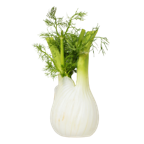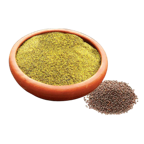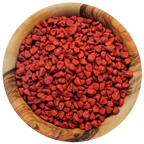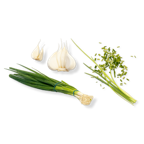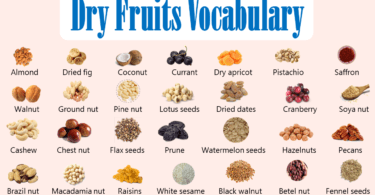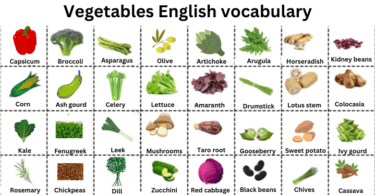Spices Vocabulary When you step into the world of cooking, you’re entering a realm where spices vocabulary plays a vital role. It’s not just about making food taste good; it’s about understanding the language of flavors. In this blog post, we’re your guides on an exciting journey through this captivating world of taste. We’ll introduce you to a comprehensive list of spices names, which will serve as your key to a world of diverse tastes and scents. Spices are like the heartbeat of cuisine, infusing every dish with their unique essence. From the comforting warmth of cinnamon to the fiery punch of chili powder, each spice has its own story to tell, a flavor to contribute, and a dish to elevate. By unveiling the mysteries behind these spices, you not only expand your culinary knowledge but also supercharge your creativity in the kitchen.
Imagine knowing when to use nutmeg instead of mace or distinguishing between turmeric and curry powder. This spices vocabulary is like a magic wand that opens the doors to the global kitchen, empowering you to experiment with a wide range of cuisines. With the knowledge of this extensive list of spices names, you can turn ordinary recipes into culinary masterpieces. Whether you’re a beginner, an enthusiastic home cook, or a seasoned chef, this guide will be your trusted companion.
Through this blog post, our aim is to make the world of spices accessible to everyone. From the everyday black pepper to the exotic allure of saffron, we’ll explore the origins, flavors, and best culinary pairings for each spice. You’ll not only recognize these spices but also learn how to harmonize them in your dishes, bringing a burst of exciting flavors to your cooking. So, get ready to enhance your culinary skills, elevate your taste experiences, and dive into the enchanting world of spices vocabulary with us. Your flavorful journey begins here!
A horror story in Hindi can evoke deep emotions and create a chilling atmosphere through its narrative. The use of suspenseful elements, vivid descriptions, and cultural references can enhance the fear factor, making it resonate with the audience. By incorporating traditional folklore or supernatural themes, the story can explore the darker aspects of human nature and the unknown, leaving readers with a lingering sense of dread.
Spices Vocabulary in English
Spices Name with Details
- Cinnamon:
Cinnamon is a fragrant spice derived from the bark of trees. It has a sweet, warm flavor and is often used in baking, hot beverages, and as a flavor enhancer in both sweet and savory dishes. - Paprika:
Paprika is made from ground red bell peppers, resulting in a mild, sweet, and slightly smoky spice. It’s frequently used in stews, soups, and as a garnish. - Turmeric:
Turmeric is a bright yellow spice with an earthy, slightly bitter taste. It’s a key ingredient in curries and is known for its anti-inflammatory properties. - Cumin:
Cumin has a warm, nutty, and earthy flavor. It’s a staple in Mexican, Indian, and Middle Eastern cuisine, used in a variety of dishes including chili, curry, and tacos. - Oregano:
Oregano is a fragrant herb with a robust, slightly peppery taste. It’s commonly used in Italian and Mediterranean dishes, including pizza and pasta sauces. - Ginger:
Ginger is a spicy root with a zesty, warm flavor. It’s used in both sweet and savory dishes, such as gingerbread cookies, stir-fries, and teas. - Nutmeg:
Nutmeg is a sweet, nutty spice, often used in baking, especially in desserts like pies, custards, and eggnog. - Cloves:
Cloves have a strong, warm, and aromatic taste. They are used in both sweet and savory dishes, like spiced desserts and ham glazes. - Chili Pepper:
Chili peppers are known for their spicy, hot flavor. They are used to add heat to various dishes, including chili, salsa, and hot sauces. - Basil:
Basil is a fragrant herb with a sweet, slightly peppery taste. It’s a common ingredient in Italian and Thai cuisine, used in pesto, salads, and as a garnish. - Rosemary:
Rosemary is an aromatic herb with a piney, woody flavor. It’s often used to season roasted meats, potatoes, and bread. - Coriander:
Coriander has a citrusy and slightly nutty taste. Both its leaves (cilantro) and seeds are used in a wide range of dishes, including curries, salsas, and salads. - Cardamom:
Cardamom has a sweet, spicy flavor and is often used in desserts, coffee, and Indian and Middle Eastern cuisine. - Thyme:
Thyme is a fragrant herb with a mild, earthy flavor. It’s used to season soups, stews, roasted meats, and vegetables. - Mustard Seeds:
Mustard seeds have a tangy and slightly spicy taste. They are used in condiments, dressings, and pickles. - Bay Leaves:
Bay leaves have a mild, earthy flavor and are often used to add depth to soups, stews, and braised dishes. - Mustard Oil:
Mustard oil is a strong and tasty cooking oil made from mustard seeds. People use it for frying and cooking. It’s also used in massages because it can help with pain and inflammation. Remember, some places have rules about how you can use it, so check your local rules. It’s used for pickles, curries, and fried snacks. Use a little bit because it’s strong. - Dill:
Dill has a fresh, mild flavor with a hint of anise. It’s commonly used in pickles, seafood dishes, and salads. - Turmeric:
Turmeric is a bright yellow spice with an earthy, slightly bitter taste. It’s a key ingredient in curries and is known for its anti-inflammatory properties. - Fennel Seeds:
Fennel seeds have a sweet, licorice-like flavor. They are used in sausages, bread, and Mediterranean dishes. - Black Pepper:
Black pepper is a common spice with a slightly spicy taste. It comes from small round berries and is used in many foods. You can find it in most kitchens. People use it in soups, salads, and on grilled meat. - Tarragon:
Tarragon is a herb with a hint of anise and a peppery note. It’s often used in French cuisine, especially with poultry and sauces. - Caraway Seeds:
Caraway seeds have a nutty, earthy flavor and are used in bread, sauerkraut, and various Eastern European dishes. - Saffron:
Saffron is a prized spice with a floral, honey-like flavor. It’s used to add color and flavor to dishes, particularly in paella and risotto.
You May Also Like
Vegetables Vocabulary
Fruits Name

